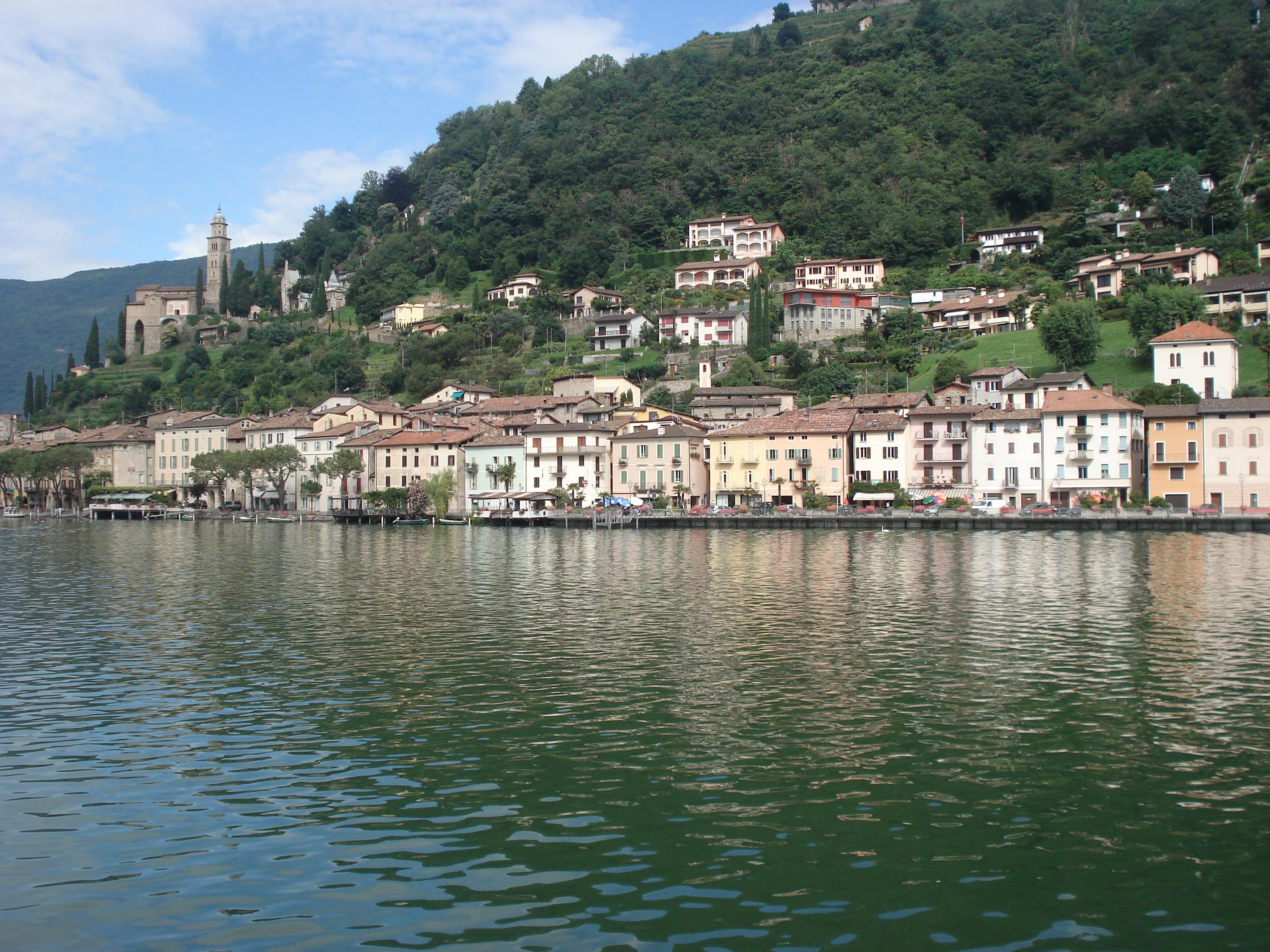|
Karl Vorbrodt .
Karl Vorbrodt, or Carl, (1865, Wabern - 1932, Morcote) was a Swiss entomologist who specialised in Lepidoptera and microlepidoptera. Vorbrodt published fauna studies, revisions and descriptions of new species in ''Mitteilungen der Schweizerischen Entomologischen Gesellschaft''. Together with Johann Müller-Rutz he wrote ''Die Schmetterlinge der Schweiz'' (Butterflies of Switzerland) Bern K.J. Wyss, 1911-1914. His collection of Palearctic Lepidoptera is in the Natural History Museum of Bern The Natural History Museum of Bern () is a museum in Bern, Switzerland. In its teaching and research it cooperates closely with the University of Bern. References *Burckhardt, D. 2000: iographien''Entomologica Basiliensia'', Basel 22, 11837, pp. 36, Portrait *Groll, E ...[...More Info...] [...Related Items...] OR: [Wikipedia] [Google] [Baidu] |
Wabern Bei Bern
Wabern (), or Wabern bei Bern, is a village in the municipality of Köniz in the Swiss canton of Bern. Situated some from the centre of the city of Bern, it can be considered a suburb of that city. Wabern is served by Wabern bei Bern railway station, on line S3 of the Bern S-Bahn The S-Bahn ( , ), , is a hybrid urban rail, urban–suburban rail system serving a metropolitan region predominantly in German language, German-speaking countries. Some of the larger S-Bahn systems provide service similar to rapid transit syst ..., and by Bern tramway route 9. It is also the gateway to the Gurten, the nearest mountain to Bern, to which it is linked by the Gurten Funicular. References External linksCommunity web portal for Wabern(in German) Villages in the canton of Bern Köniz {{Bern-geo-stub ... [...More Info...] [...Related Items...] OR: [Wikipedia] [Google] [Baidu] |
Morcote
Morcote is a municipality in the Swiss canton of Ticino situated about 10 kilometres from Lugano in the district of Lugano on the shore of Lake Lugano. History Morcote is first mentioned historically in 926 as ''Murcau'', which comes from the Latin ''Morae caput'', meaning ''head of the hill''.From the book "Morcote Die Perle des Luganersees“ from Adriano Antonini – Carlo Meazza, Macchione editore, quoted iMorcote Tourism – The Morcote Story accessed 26 February 2009 In 1353 it was mentioned as ''Murchoe'' and again in 1453 as ''Murchote''. Starting around 1100, Morcote was home to a castle that was built to guard and control commerce on the lake. Until the dam was built in Melide in 1847, Morcote was the largest port on Lake Lugano. Goods from northern Italy were shipped across the lake to the rest of Ticino. In 1422 the town was granted privileges by the Duke of Milan, which included the rights to impose taxes, self-government, independent fishing and the right to hol ... [...More Info...] [...Related Items...] OR: [Wikipedia] [Google] [Baidu] |
Switzerland
Switzerland, officially the Swiss Confederation, is a landlocked country located in west-central Europe. It is bordered by Italy to the south, France to the west, Germany to the north, and Austria and Liechtenstein to the east. Switzerland is geographically divided among the Swiss Plateau, the Swiss Alps, Alps and the Jura Mountains, Jura; the Alps occupy the greater part of the territory, whereas most of the country's Demographics of Switzerland, 9 million people are concentrated on the plateau, which hosts List of cities in Switzerland, its largest cities and economic centres, including Zurich, Geneva, and Lausanne. Switzerland is a federal republic composed of Cantons of Switzerland, 26 cantons, with federal authorities based in Bern. It has four main linguistic and cultural regions: German, French, Italian and Romansh language, Romansh. Although most Swiss are German-speaking, national identity is fairly cohesive, being rooted in a common historical background, shared ... [...More Info...] [...Related Items...] OR: [Wikipedia] [Google] [Baidu] |
Entomology
Entomology (from Ancient Greek ἔντομον (''éntomon''), meaning "insect", and -logy from λόγος (''lógos''), meaning "study") is the branch of zoology that focuses on insects. Those who study entomology are known as entomologists. In the past, the term ''insect'' was less specific, and historically the definition of entomology would also include the study of animals in other arthropod groups, such as arachnids, myriapods, and crustaceans. The field is also referred to as insectology in American English, while in British English insectology implies the study of the relationships between insects and humans. Over 1.3million insect species have been described by entomology. History Entomology is rooted in nearly all human cultures from prehistoric times, primarily in the context of agriculture (especially biological control and beekeeping). The natural Roman philosopher Pliny the Elder (23–79 CE) wrote a book on the kinds of insects, while the scientist Grammarians ... [...More Info...] [...Related Items...] OR: [Wikipedia] [Google] [Baidu] |
Lepidoptera
Lepidoptera ( ) or lepidopterans is an order (biology), order of winged insects which includes butterflies and moths. About 180,000 species of the Lepidoptera have been described, representing 10% of the total described species of living organisms, making it the second largest insect order (behind Coleoptera) with 126 family (biology), families and 46 Taxonomic rank, superfamilies, and one of the most widespread and widely recognizable insect orders in the world. Lepidopteran species are characterized by more than three derived features. The most apparent is the presence of scale (anatomy), scales that cover the torso, bodies, large triangular Insect wing, wings, and a proboscis for siphoning nectars. The scales are modified, flattened "hairs", and give butterflies and moths their wide variety of colors and patterns. Almost all species have some form of membranous wings, except for a few that have reduced wings or are wingless. Mating and the laying of eggs is normally performe ... [...More Info...] [...Related Items...] OR: [Wikipedia] [Google] [Baidu] |
Microlepidoptera
Microlepidoptera (micromoths) is an artificial (i.e., unranked and not monophyletic) grouping of moth families, commonly known as the "smaller moths" ( micro, Lepidoptera). These generally have wingspans of under 20 mm, so are harder to identify by external phenotypic markings than macrolepidoptera. They present some lifestyles that the larger Lepidoptera do not have, but this is not an identifying mark. Some hobbyists further divide this group into separate groups, such as leaf miners or rollers, stem or root borers, and then usually follow the more rigorous scientific taxonomy of lepidopterans. Efforts to stabilize the term have usually proven inadequate. Diversity Vernacular usage divides the Lepidoptera simply into smaller and larger or into more-primitive and less-primitive groups, microlepidoptera and macrolepidoptera, respectively. Intuitively, the "micros" are any lepidopteran not currently placed in the macrolepidoptera. This paraphyletic assemblage, however, ... [...More Info...] [...Related Items...] OR: [Wikipedia] [Google] [Baidu] |
Mitteilungen Der Schweizerischen Entomologischen Gesellschaft
''Alpine Entomology'' is an open access peer-reviewed academic journal of entomology, published by Pensoft Publishers on behalf of the Swiss Entomological Society. History The journal was established in 1862 as ''Mitteilungen der Schweizerischen Entomologischen Gesellschaft '' (in German), ''Bulletin de la Société Entomologique Suisse'' (in French) and ''Journal of the Swiss Entomological Society'' (in English) by the Swiss Entomological Society. It published articles in German, French and later also in English. In the general assembly of the Swiss Entomological Society in March 2017 it was decided to rename the journal to ''Alpine Entomology'' and transfer the publishing to Pensoft Publishers. This also made it officially open access. Abstracting and indexing The journal is abstracted and indexed in: According to the ''Journal Citation Reports'', the journal has a 2023 impact factor The impact factor (IF) or journal impact factor (JIF) of an academic journal is a typ ... [...More Info...] [...Related Items...] OR: [Wikipedia] [Google] [Baidu] |
Johann Müller-Rutz
Johann Müller-Rutz (28 February 1854, Räuchlisberg – 7 May 1944, St. Gallen) was a Swiss entomologist who specialised in the study of microlepidoptera, small moths. He trained as an embroidery artist and worked in first in Müllheim (1885-1888) and then in St. Gallen where he was teacher of embroidery designs at the Industrial and Trade Centre St. Gallen. Johann Müller-Rutz published fauna studies, revisions and descriptions of new species in '' Mitteilungen der Schweizerischen Entomologischen Gesellschaft''. Together with Karl Vorbrodt he wrote ''Die Schmetterlinge der Schweiz'' (Butterflies of Switzerland) Bern K.J. Wyss, 1911-1914. His collection of Palearctic Lepidoptera is divided between the Natural History Museum of Basel and the Natural History Museum of Bern. It is rich in specimens from the Canton of Thurgau, the Alpstein and the Alps The Alps () are some of the highest and most extensive mountain ranges in Europe, stretching approximately across eight ... [...More Info...] [...Related Items...] OR: [Wikipedia] [Google] [Baidu] |
Palearctic
The Palearctic or Palaearctic is a biogeographic realm of the Earth, the largest of eight. Confined almost entirely to the Eastern Hemisphere, it stretches across Europe and Asia, north of the foothills of the Himalayas, and North Africa. The realm consists of several bioregions: the Mediterranean Basin; North Africa; North Arabia; Western, Central and East Asia. The Palaearctic realm also has numerous rivers and lakes, forming several freshwater ecoregions. Both the eastern and westernmost extremes of the Paleartic span into the Western Hemisphere, including Cape Dezhnyov in Chukotka Autonomous Okrug to the east and Iceland to the west. The term was first used in the 19th century, and is still in use as the basis for zoogeographic classification. History In an 1858 paper for the ''Proceedings of the Linnean Society'', British zoologist Philip Sclater first identified six terrestrial zoogeographic realms of the world: Palaearctic, Aethiopian/ Afrotropic, Indian/ I ... [...More Info...] [...Related Items...] OR: [Wikipedia] [Google] [Baidu] |
Natural History Museum Of Bern
The Natural History Museum of Bern () is a museum in Bern, Switzerland. In its teaching and research it cooperates closely with the University of Bern.In Bern beliebt - auf der ganzen Welt beachtet It is visited by around 131,000 people yearly. History The museum is owned by the Burgergemeinde of Bern, so it is also known as . It was officially founded in 1832. It is located on Bernastrasse, in the Kirchenfeld quarter, in a building that was erected between 1932 and 1934, opened in 1936 and expanded several times since then. Previously the exhibits were kept in a building on Hodlerstra ...[...More Info...] [...Related Items...] OR: [Wikipedia] [Google] [Baidu] |
1932 Deaths
Events January * January 4 – The British authorities in India arrest and intern Mahatma Gandhi and Vallabhbhai Patel. * January 9 – Sakuradamon Incident (1932), Sakuradamon Incident: Korean nationalist Lee Bong-chang fails in his effort to assassinate Emperor Hirohito of Japan. The Kuomintang's official newspaper runs an editorial expressing regret that the attempt failed, which is used by the Japanese as a pretext to attack Shanghai later in the month. * January 22 – The 1932 Salvadoran peasant uprising begins; it is suppressed by the government of Maximiliano Hernández Martínez. * January 24 – Marshal Pietro Badoglio declares the end of Libyan resistance. * January 26 – British submarine aircraft carrier sinks with the loss of all 60 onboard on exercise in Lyme Bay in the English Channel. * January 28 – January 28 incident: Conflict between Japan and China in Shanghai. * January 31 – Japanese warships arrive in Nanking. February * February 2 ** A general ... [...More Info...] [...Related Items...] OR: [Wikipedia] [Google] [Baidu] |






